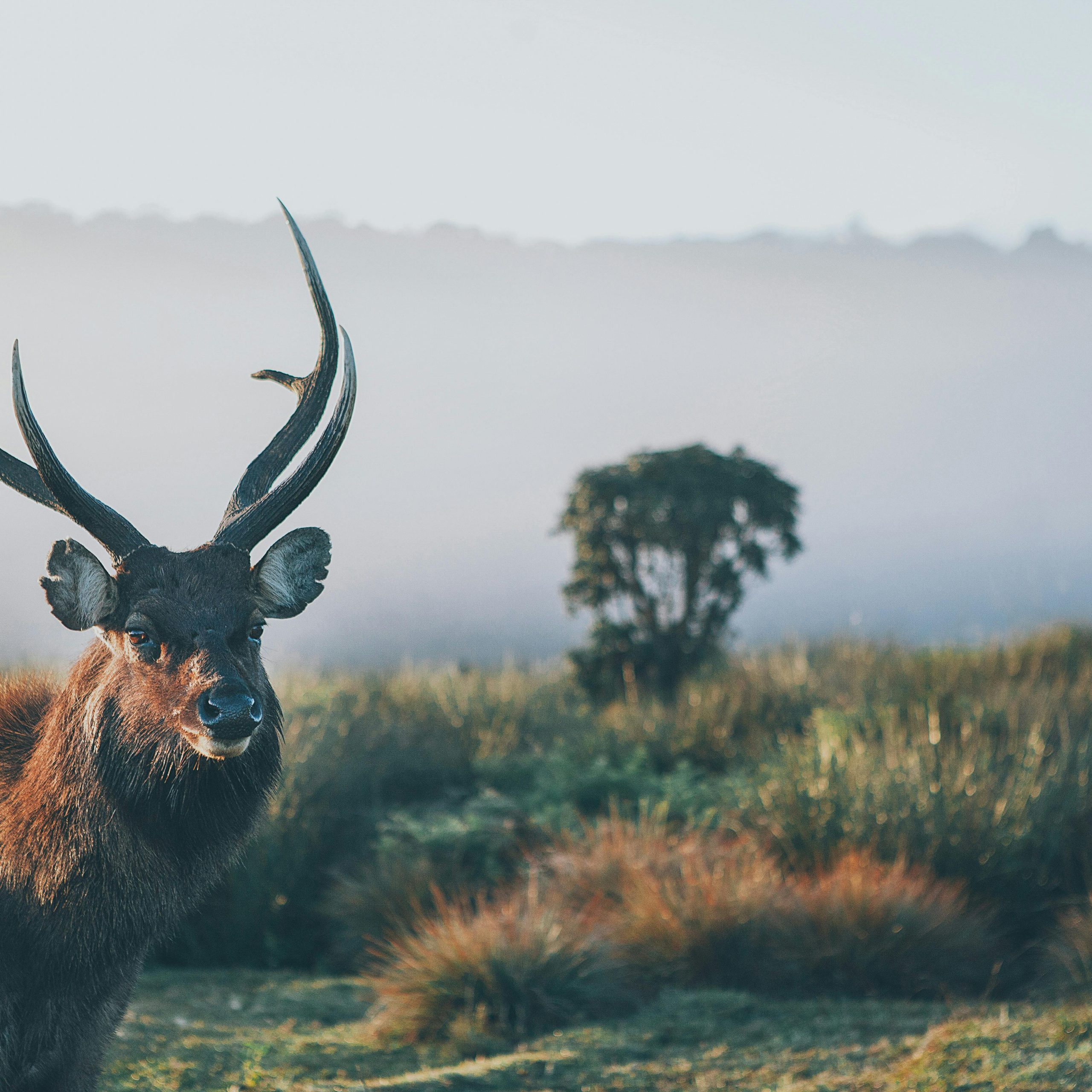
Sri Lanka has a lot to offer to those who are interested in animals and birds and is a haven for wildlife aficionados. This tropical island is home to some of the best national parks on the subcontinent and is home to an amazing variety of flora and animals. Here is a selection of the top locations for a customized vacation to Sri Lanka that will allow you to witness a wide range of fascinating wildlife, such as the elusive leopard, majestic elephant, blue whale, and several unique birds.
If you’re considering a trip to Sri Lanka, you’ve undoubtedly already imagined the stunning beaches, an abundance of palm trees, and verdant tea plantations. But you might be surprised to hear that Sri Lanka is well-known for its biodiversity! It is regarded as the next greatest country outside of Africa for a big game safari because of its unparalleled diversity of species, thriving tourism sector, and fascinating culture.
Udawalawe National Park
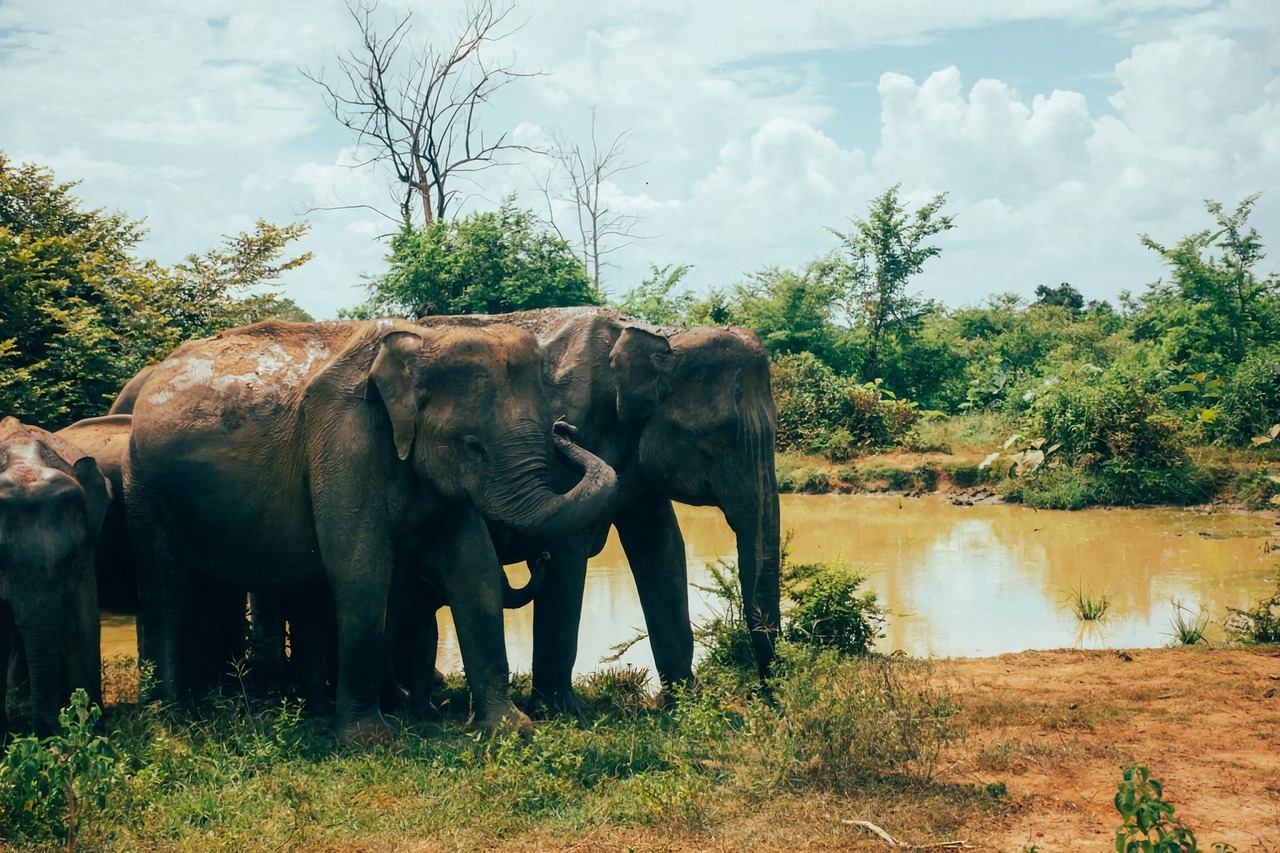
Everyone’s dream is to see wild elephants, and Udawalawe National Park is the ideal location to fulfill this desire. Due to the overwhelming number of these magnificent animals that roam free here, it is regarded as one of the greatest locations in the world to view wild elephants. Even better, the park’s fauna isn’t limited to elephants; sambar deer, wild boar, water buffalo, jackals, and enormous crocodiles—which, to be completely honest, resemble dinosaurs—are also common sights. You might even be fortunate enough to spot a wild leopard! Since all of the animals are wild, sightings cannot be assured, but in our opinion, it only heightens the experience!
Situated to the south of Sri Lanka’s central mountains, Udawalawe National Park is a vast reserve including 119 square miles of grasslands, scrub jungles, and riverine forests. The park’s primary draw is its high concentration of Asian elephants; Udawalawe is home to nearly 400 of these gentle giants, and seeing them while on safari is practically a given. When there is a shortage of water, the herds of elephants like to congregate around the Walawe Reservoir to drink.
Mirissa's Coast
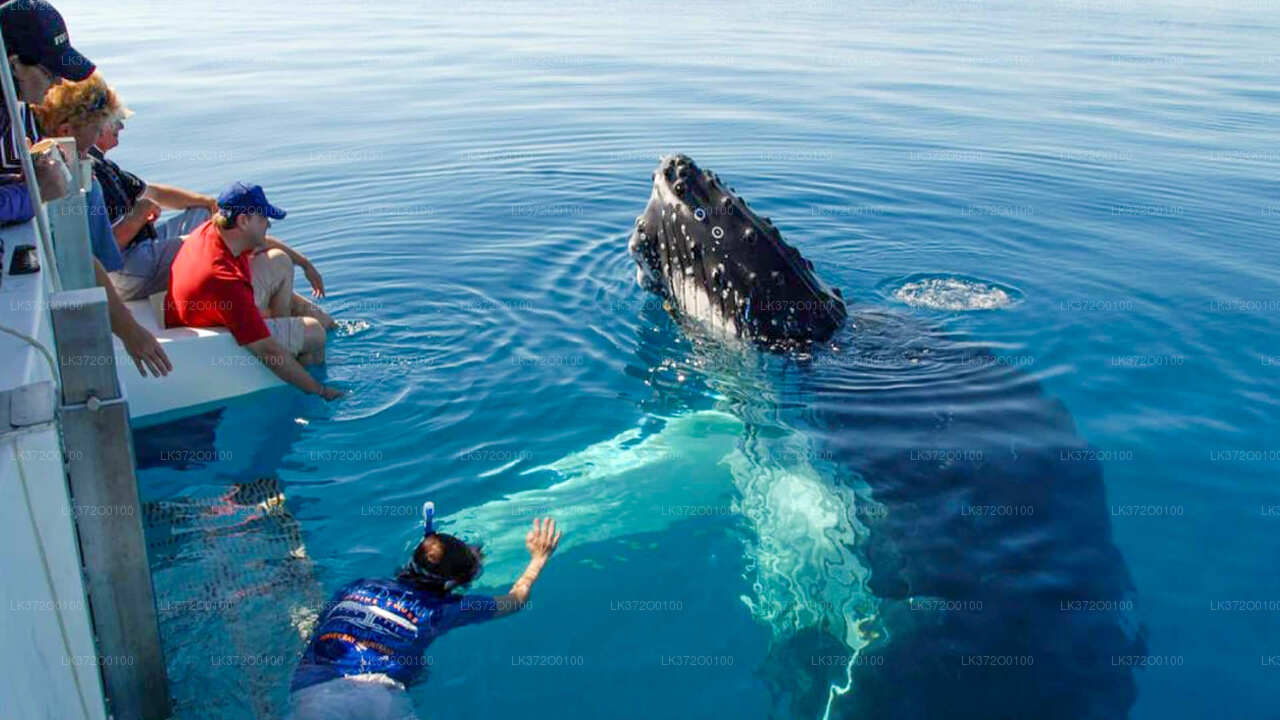
The blue whale is the largest mammal to have ever existed on our amazing planet, with its tongue alone weighing as much as an entire elephant. Just off the southern coast of Sri Lanka, you may spot these gentle giants in their native habitat—as if the island nation could get much more wonderful. You won’t quickly forget this once-in-a-lifetime adventure if you’re willing to go out on the ocean! Sperm whales, whale sharks, killer whales, pilot whales, spinner dolphins, and even turtles are a few of the additional animals you might encounter. It should be noted that this is a seasonal pastime. The months of November through April are the greatest times to go whale watching in Mirissa because the cruises cannot be operated during the monsoon season, which begins in May.
The best place in Sri Lanka to see whales is Mirissa, a little beach town on the southern coast. There’s nowhere in Sri Lanka better to witness the uncommon spectacle of whales breaching in the roaring seas than Mirissa. Take a deep-sea ride with a reliable, environmentally conscious firm to meet these amazing animals up close. In addition to the possibility of seeing killer, fin, and sperm whales, you might witness blue whales. The best months to see whales are May through October. In addition, you might be fortunate enough to spot bottlenose, common, and spinner dolphins during your whale-watching excursion. Occasionally, you might even spot fascinating sea turtles swimming along the coast.
A sea turtle hatchery and rescue center
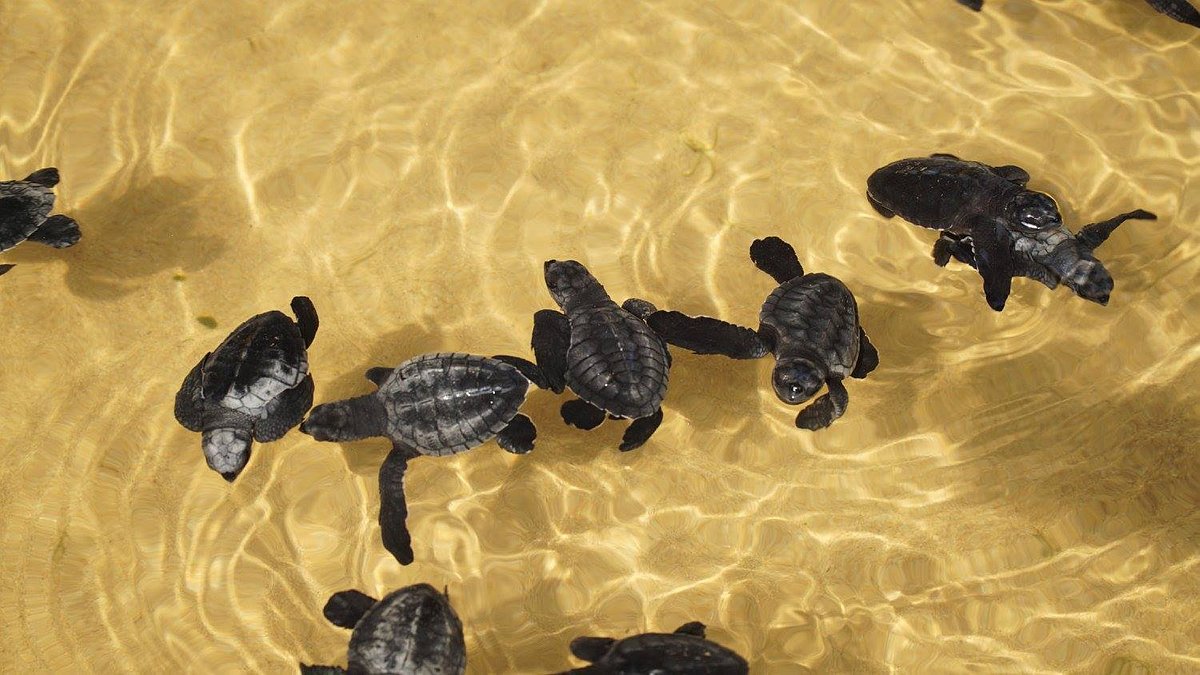
Certainly one of the highlights of your trip will be to visit a sea turtle center in Sri Lanka. There are several rehabilitation facilities in the area, and during our 12-day vacation, we even go to one. Observing five out of the seven species of sea turtles frequently throughout Sri Lanka’s coast, these centers work to support the protection of the most vulnerable. These turtle species include the Olive Ridley, Hawksbill, Leatherback, and Green turtles. Water tanks and safe spaces for hatcheries are only two of the many amenities these amazing locations have to offer the turtles. Along with protecting turtle eggs discovered on the beach by putting them in a hatchery, they also tend to heal injured turtles. This is primarily to prevent poachers from taking the eggs, but it also prevents other animals from consuming the turtles after they hatch.
Yala National Park
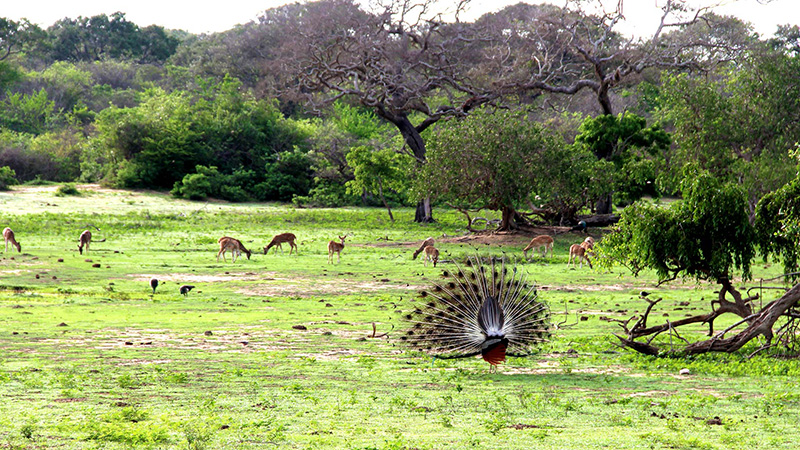
Yala National Park, which was designated as a protected area in 1938 and is situated on the southeast coast of Sri Lanka, is a sizable reserve that features a variety of habitats, including open parkland, deep jungle, several flooded lagoons, and tall coastal dunes. A diverse array of plants and animals can be found on this uneven ground. In Sri Lanka, going leopard hunting in Yala National Park is one of the most well-liked activities. Paradoxically, during British colonial authority, this national park served as a hunting place for the aristocracy. It is now the location of the largest concentration of leopards on Earth, making it the ideal destination for anyone hoping to catch a glimpse of these magnificent animals. But since leopards are so elusive, there’s no guarantee you’ll see one. Fortunately, there are many other animals to view in this national park besides leopards, including elephants, sloth bears, spotted deer, and crocodiles.
The world’s biggest concentration of leopards is thought to be found in the well-known Yala National Park. Even though sightings of the elusive leopard are relatively uncommon, the average density of these magnificent animals is as high as one cat per square kilometer. While visiting Yala, you may also see sambar and spotted deer, wild boar, crocodiles, langur and toque monkeys, golden jackals, and, in June and July, sloth bears when the palu tree ripens. With over 200 kinds of birds documented, this area is also rich in wildlife. The reserve provides the ideal mix of freshwater, coastal, scrub, and forest habitats to support a diverse range of bird species.
Sinharaja Forest Reserve
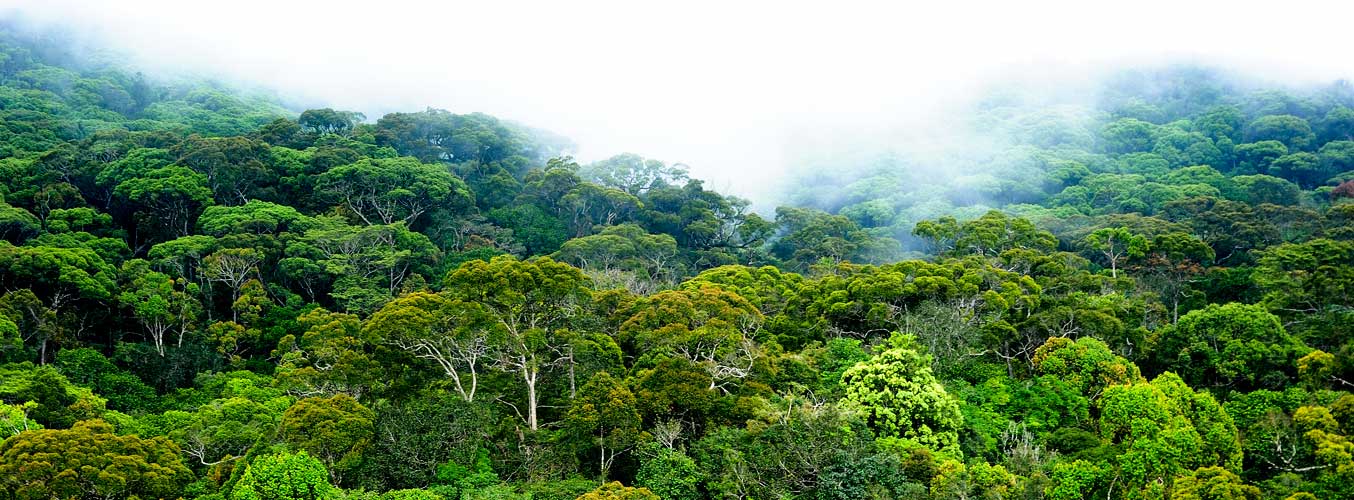
With cascading waterfalls, bubbling pools, and green ferns, Sinharaja Forest Reserve—a UNESCO-listed World Heritage Site and Biosphere Reserve—is Sri Lanka’s sole remaining healthy primary tropical rainforest. Almost two-thirds of the forest, which is located in the southwest of the island, are endemic—many of them are even regarded as rare—and its canopy soars to a height of 45 meters.
But the outstanding birding in Sinharaja is one of the main draws. In addition to providing habitat for rare birds like the red-faced malkoha, blue magpie, and green-billed coucal, the reserve is home to more than 80% of the island’s bird species. This rich biodiverse reserve is home to mammals like the rare leopard, purple-faced langur, rusty spotted cat, and three different species of squirrels, in addition to butterflies, insects, amphibians, and reptiles.
Horton Plains
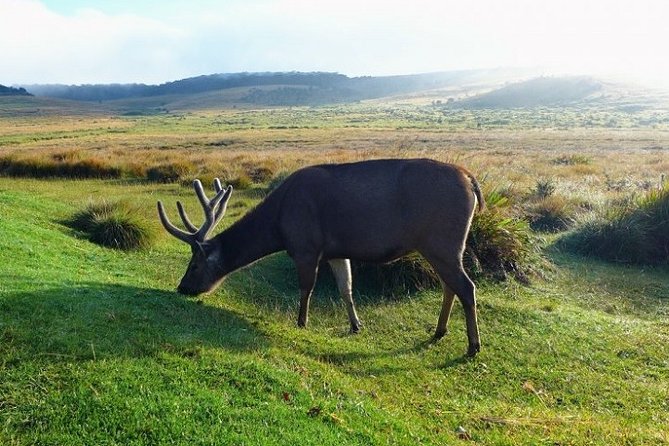
Up in the central highlands, the Horton Plains measure up to an impressive 2,100 meters above sea level, making it the highest plateau in Sri Lanka and consequently named the ‘Roof of the Island’. The plains comprise largely of cloud forest and lush montane grasslands which are rich in endemic plants and animals that have adapted to the cool climate.
Although the elephant vanished from the area in the 1940s, a diverse range of mammals, birds, amphibians, and reptiles can be found on the Horton Plains. The most frequent species observed is the sambar deer, which travels in big groups and weaves amongst the long grasses. Among the 24 animal species found here are giant squirrels, purple-faced langurs, wild boars, and rusty-spotted cats. The Horton Plains slender loris, one of the world’s most endangered primates, can also be found in the highlands. The cloud forests are home to uncommon lizard species like the rhino-horned lizard, and birdwatchers can observe a wide variety of endemic and migrating species.
Minneriya National Park
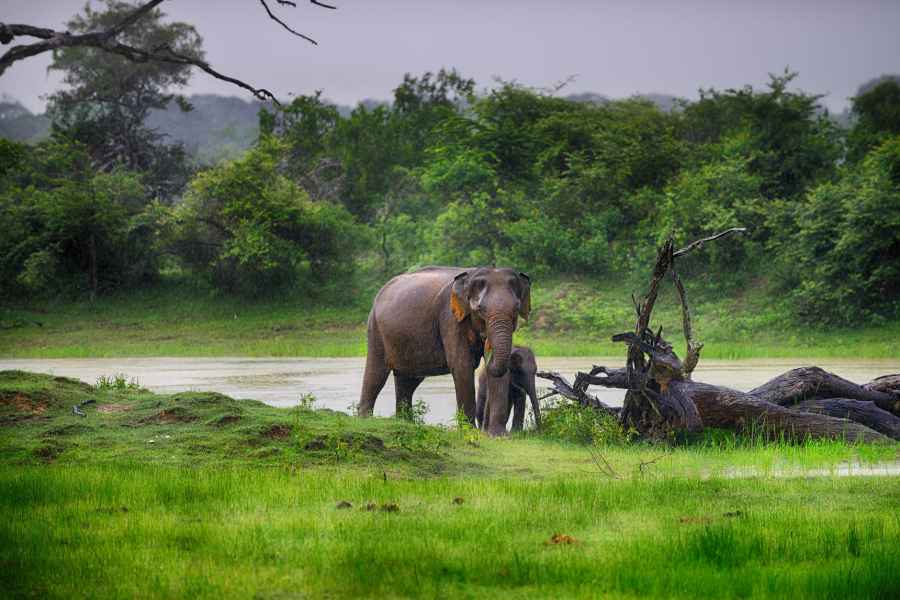
Located in the north-central province, Minneriya National Park occupies a little over 300 square miles, making it one of Sri Lanka’s smallest parks. The reserve is tiny in area, but it contains a variety of environments, such as marshes, dry tropical forests, and heavy scrub. Additionally, Minneriya has an artificial tank that feeds the park’s animals during the dry months and filters to the reservoir.
Minneriya is home to a variety of native and migratory birds, such as hanging parrots, brown-capped babblers, and green bee-eaters, in addition to deer, purple-faced langurs, macaque monkeys, sloth bears, and roughly twenty leopards. But the main draw of the reserve is “The Gathering,” an annual event that takes place when more than 300 elephants gather at the Minneriya reservoir in search of fresh grass and water during the dry season (July to October). The world’s largest gathering of Asian elephants is taking place at this magnificent event.
Wilpattu National Park
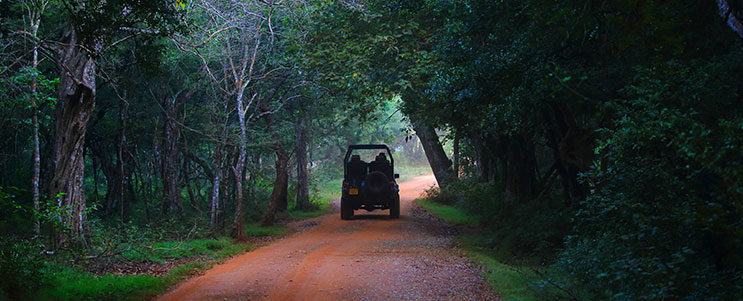
The largest national park in Sri Lanka, Wilpattu, is located in the arid lowlands to the northwest of the island. Wilpattu, which means “natural lakes” in Sinhala, refers to the numerous shimmering lakes that dot the reserve. This national park has a genuine sense of wilderness and authenticity because of its low visitor numbers; nevertheless, because the wildlife is a little apprehensive of humans, sightings are less frequent than in the more well-known parks.
Even yet, a trip to Wilpattu National Park is highly recommended, and the park’s promising fauna is among the best that Sri Lanka has to offer. Majestic leopards stalk the undergrowth, crocodiles frolic in the numerous lakes, and deer meander, and peafowl gallop the park. There are also flycatchers, monitor lizards, tortoises, and other fascinating creatures to be seen in the jungle.
Bundala National Park
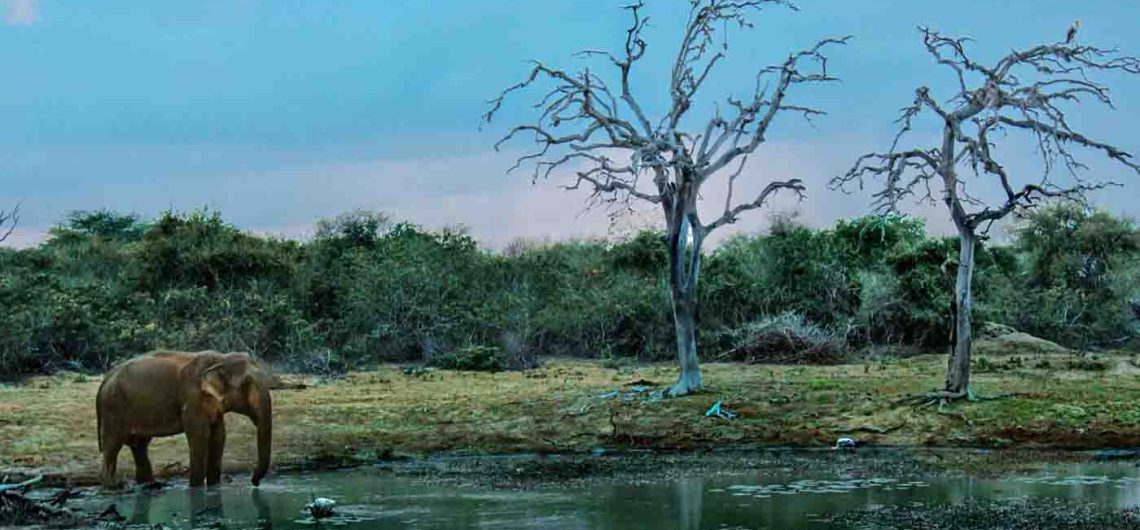
Enclosing five tiny lagoons, the Bundala National Park spans more than 20 kilometers along the southern coast of Sri Lanka. Because of the reserve’s diverse topography, which includes marshes, dunes, scrub jungle, and salt pans, a great variety of wildlife can be found there. All five kinds of turtles use the park’s beaches as a home for their eggs.
One of the best spots in Sri Lanka for birdwatching is Bundala. The lagoons of the reserve are home to an astounding array of aquatic species, in addition to being well known for its breathtaking migratory bird spectacles. Huge flocks of flamingos travel here from Northern India, and one of the park’s most well-known visitors is the pink greater flamingo. The painted stork, spoonbill, ibis, and pelican are some further water birds. A variety of indigenous species can also be seen in large numbers, including the stunning peafowl. Other species that tourists may witness include crocodiles lounging in the sun, enthusiastic groups of grey langur monkeys, and wild pigs going about their daily business.
Gal Oya National Park
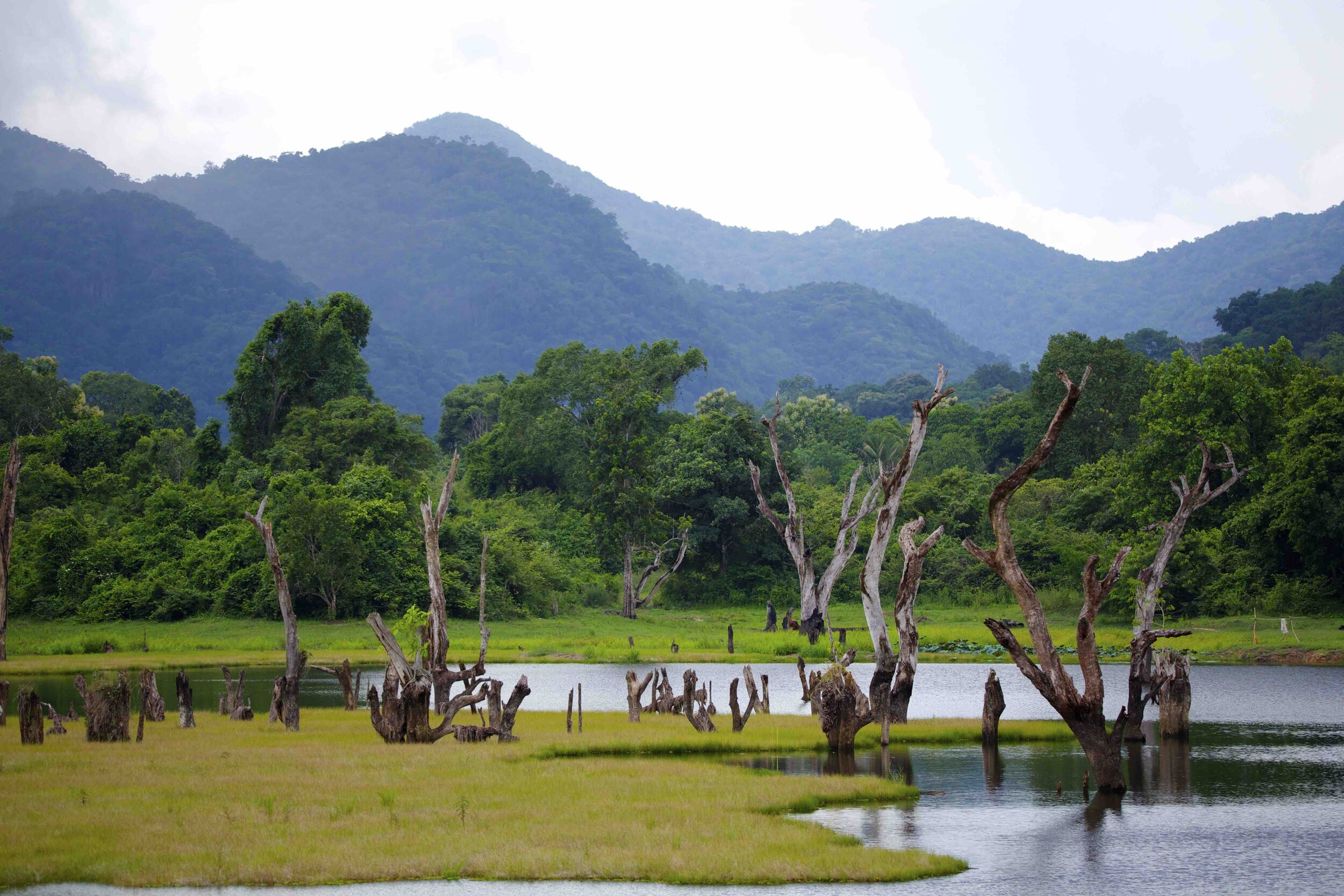
Having been established in 1954, Sri Lanka’s Lost National Park offers a genuine and unforgettable experience due to its relative untouchedness and low visitor traffic. Senanayake Samudraya Lake, the largest inland body of water in the country, is framed by open savannah and lush evergreen forest in Sri Lanka, which is also home to numerous small islands. It is the only location in Sri Lanka where boat safaris are available; you can also explore on foot or in a van.
The magnificent Asian elephants can be seen swimming across Senanayake Samudraya Lake from island to island at Gal Oya National Park, which is widely regarded as one of the best spots in the world to witness these animals in their natural environment. More than 150 different species of birds may be seen in the park, and on Birds’ Island, which sits in the middle of the lake, exotic bird colonies compete with one another for breeding spots. Gal Oya is also home to mugger crocodiles, sloth bears, deer, wild boar, and leopards.
Kumana National Park
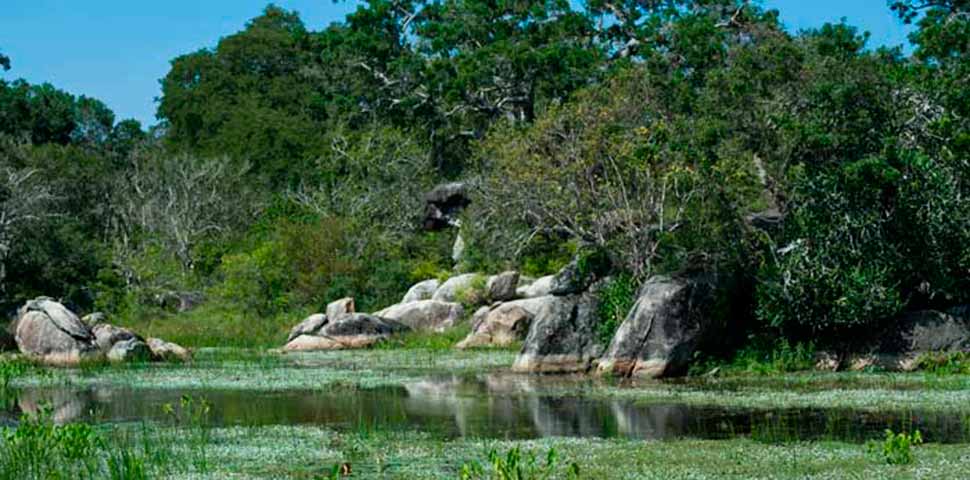
This quieter, smaller reserve, formerly known as Yala East, is next to its larger, more well-known sibling, Yala National Park. It’s an excellent area for safari expeditions and birdwatching. The 20 lagoons and tanks that make up Kumana National Park, which is located on Sri Lanka’s southeast coast, sustain the park’s wetlands and dry tropical forest.
While there are fewer animals than in Yala, there is still a decent chance of seeing wild buffalo, elephants, crocodiles, and turtles. There are roughly a dozen bears and leopards living here, however sightings are extremely uncommon. Situated atop a beautiful mangrove swamp, a 200-acre bird sanctuary is one of Kumana’s top attractions. Visitors can have a great view from watchtowers and use them as a lookout point to spot endemic, endangered species like black-necked storks.

0 Comment